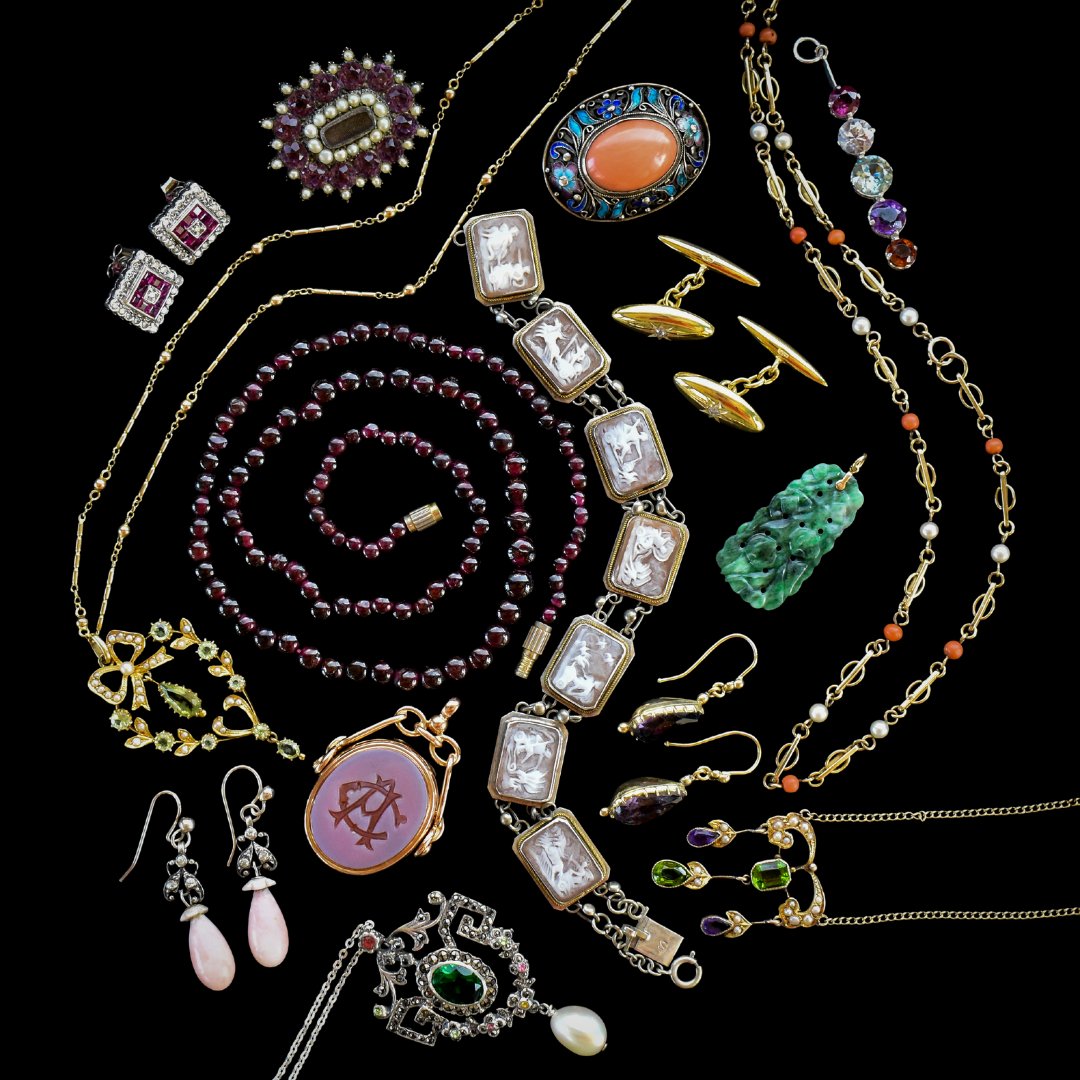The two “F” words, Fashion and Feminism have often gone hand in hand. Both are strongly associated with women, and both have positive and negative connotations. Both have influenced each other, and both are constantly challenged even in today’s day and age. Jewellery has created its own place in history, and in today’s world when it comes to feminism.

Jewellery has been one of the biggest symbols of power through the ages...
The Romans, the Egyptians, kings and queens, or people in power wore specific pieces of jewellery. These pieces represented their stature; their place in society, and most often these symbolic pieces belonged to men. Very few women made it into positions of power, we can probably count them all on one hand. Jewellery and gemstones were sought after, wars were fought for them, and these symbolic pieces became heritage pieces that were passed down generations. Apart from Cleopatra and Queen Elizabeth two of the most prominent women leaders from those times, the world was mostly run by men…men who wore jewellery!

One of the most controversial pieces of jewellery in terms of feminism was the “engagement ring"...
A romantic story believed to have originated during the Egyptian times about the ring being worn on the left finger as the vein from the finger runs directly to the heart. As lovely as this thought was, engagement rings were mostly worn by women. The phrase “put a ring on it” was associated with men choosing the wives they wanted and then putting a ring on their fingers to “take them off the market.”
In fact it was only in the 20th century that men started wearing wedding bands. Even today it is more common for men to not wear bands symbolising their married status than women. Many women today are either opting against engagement rings, or insist that their husbands wear them as well. It is in fact taken as a sign of feminism today, when women opt out of wearing the traditional diamond engagement ring.

The Suffragette movement
The suffragette movement, which battled for women's right to vote, was a turning point in the history of women's rights. The movement began in the late 19th century and gained momentum throughout the early 20th century. It was a highly organised and determined movement that used a variety of tactics to promote its cause, including protests, demonstrations and civil disobedience. Some key women from the movement include Emmeline Pankhurst, her daughters Christabel and Sylvia Pankhurst, Susan B. Anthony, Elizabeth Cady Stanton, Emily Davison and Alice Paul. These women were instrumental in advancing the cause of women's suffrage. Their efforts paved the way for the women's rights movement of the 20th century, and it is a movement that has left a lasting impact on society.
The Suffragists were men and women who legally and peacefully campaigned for female suffrage. Among the most important of these Suffragists was Millicent Fawcett. Millicent Fawcett was awarded this brooch for steadfastness and courage in 1913. She built a movement of tens of thousands of people over more than 60 years of campaigning. Millicent regularly wore the brooch, often as a pendant.
Women who were part of the Suffragette movement used many symbols to promote their cause, and one of the most notable symbols was their jewellery. Suffragette jewellery was worn by women as a statement of their support for the cause and it became a powerful tool in the fight for women's right to vote.
Suffragette jewellery was designed to be eye-catching and it often featured the colours green, purple and white. These colours represented the movement's message, with green symbolising hope, white representing purity and purple symbolising dignity. The Suffragette jewellery was often handmade and featured intricate designs that reflected the values and beliefs of the women who wore them.
Suffragette jewellery remains a powerful symbol of the fight for women's rights, and it is a reminder of the struggles that women faced in the past and present to achieve equality.
Jewellery has power! It can add confidence, glamour, convey emotions and is a powerful tool for self-expression.







